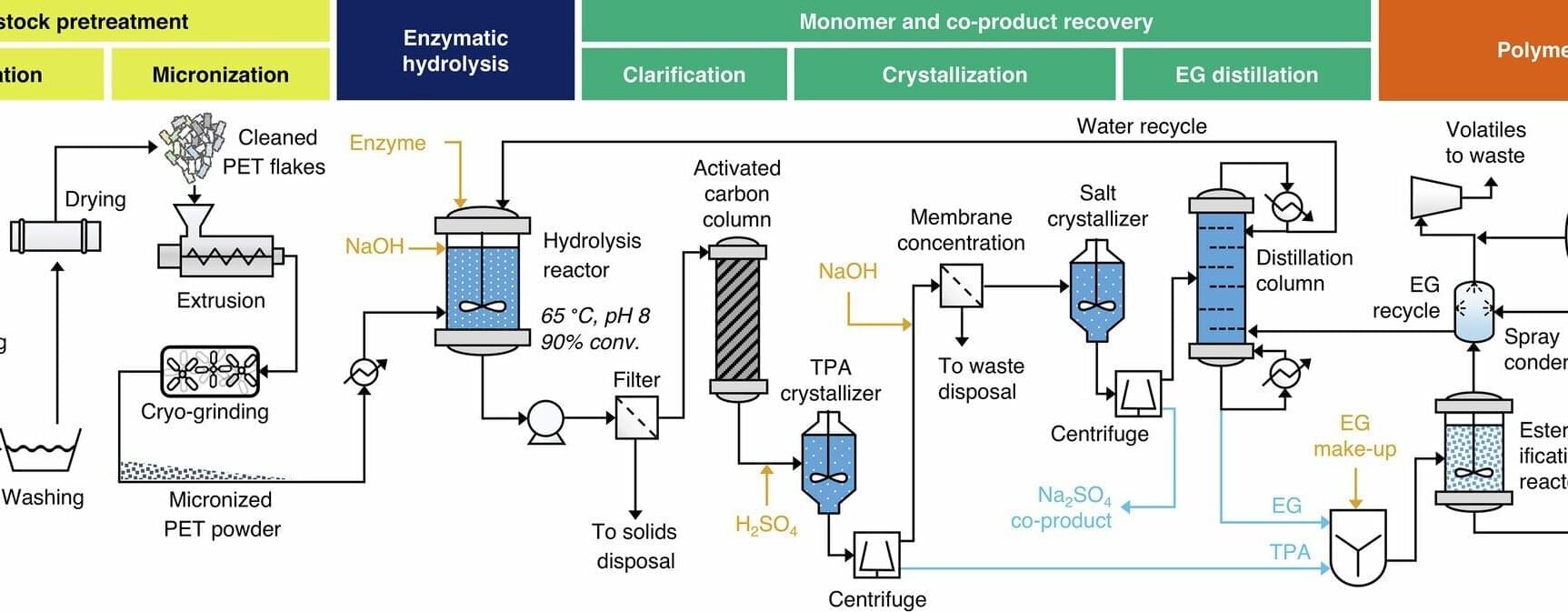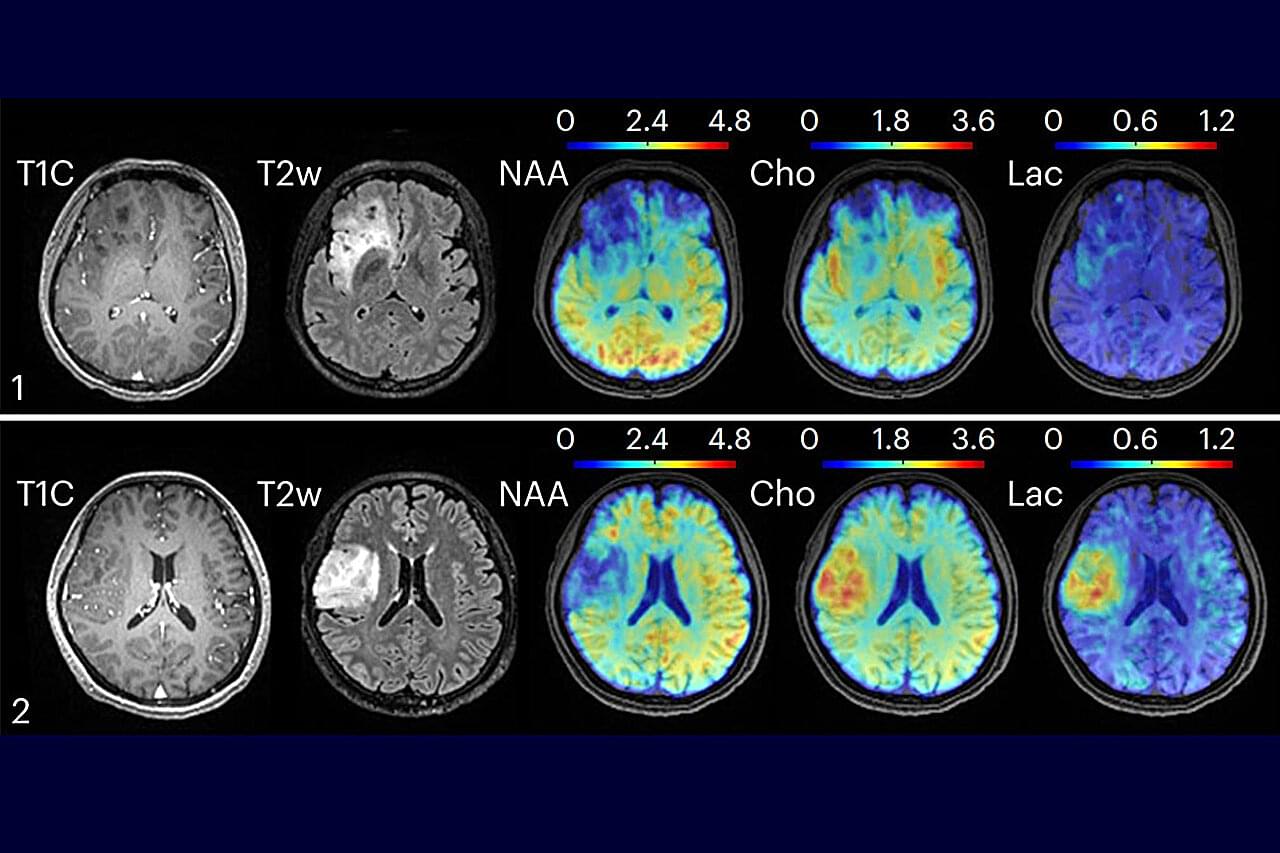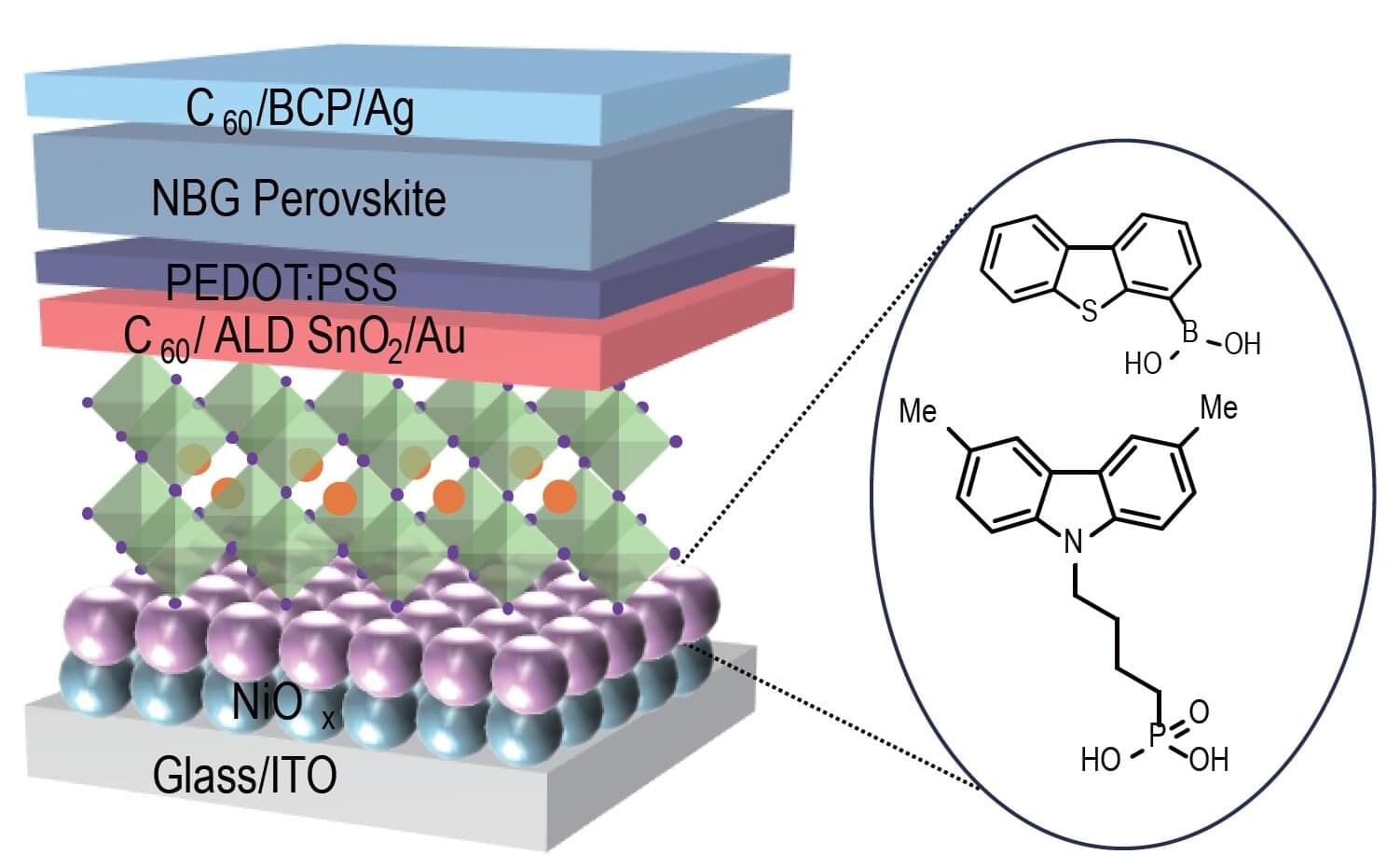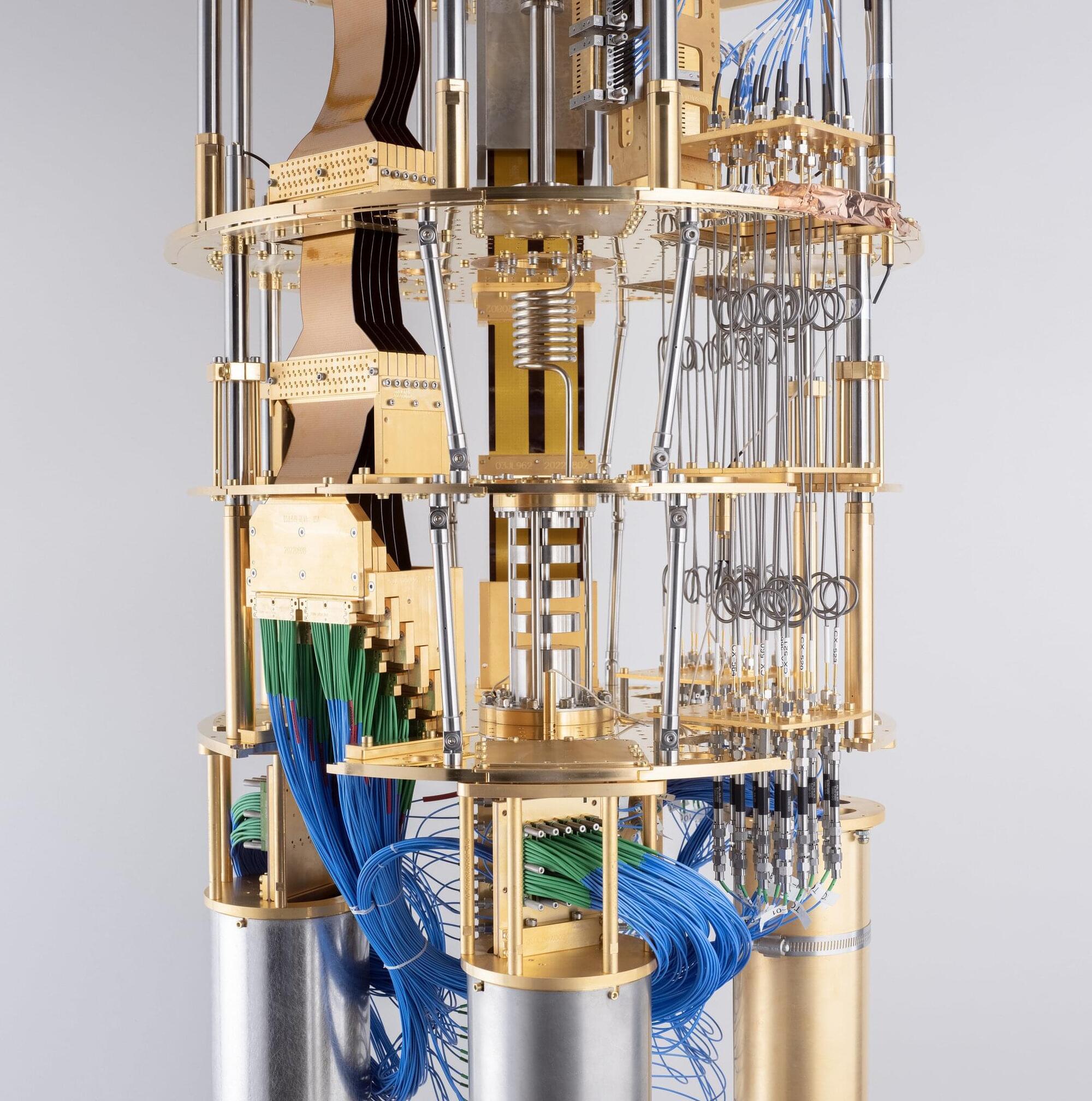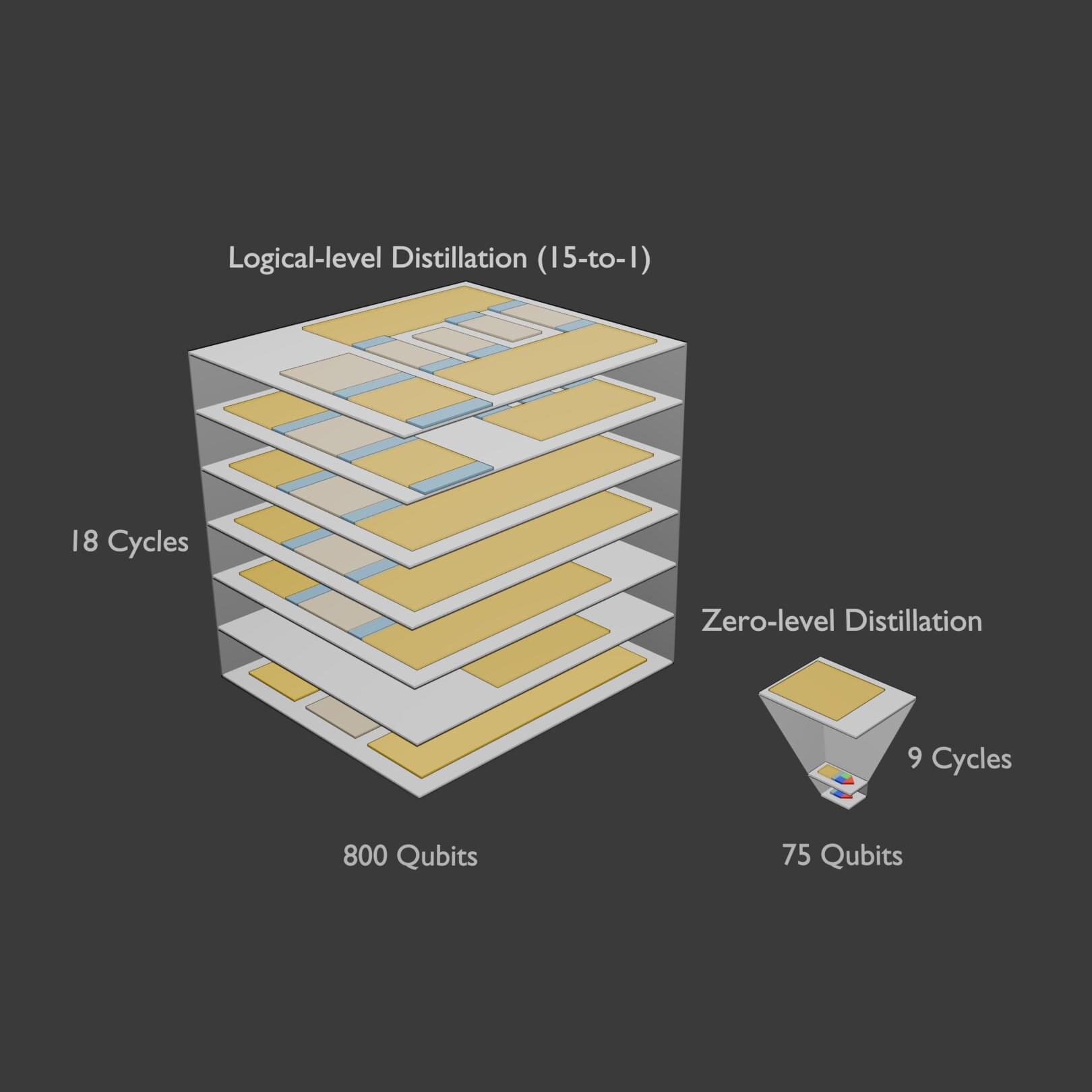Blink and you might miss it, but if you keep your eye on the monitors in professor Sebastian Will’s lab, you’ll catch a series of single-second flashes that light up the screen. Each flash is an atom of strontium, a naturally occurring alkaline-earth metal, being briefly captured and held in place by “tweezers” made of laser light. “We can see single atoms,” says graduate student Aaron Holman. “Seeing those never gets old.”
The lab saw its first atom at the end of 2022, after two years of constructing the experimental setup—a complicated and carefully calibrated series of atomic sources, vacuum chambers, magnets, electronics, and lasers that trap individual atoms and place them into custom arrangements—from scratch.
Holman, currently a 5th-year Ph.D. student in Physics, helped build the “TweeSr” project, as it’s referred to in the lab, from the ground up. A pure atomic, molecular, and optical (AMO) physicist at heart, he’s now working on ways to turn fundamental research on how atoms, molecules, and light interact into new technologies with collaborators at Columbia Engineering. He’s also heading toward bigger scales as part of a quantum network that is currently under construction.

